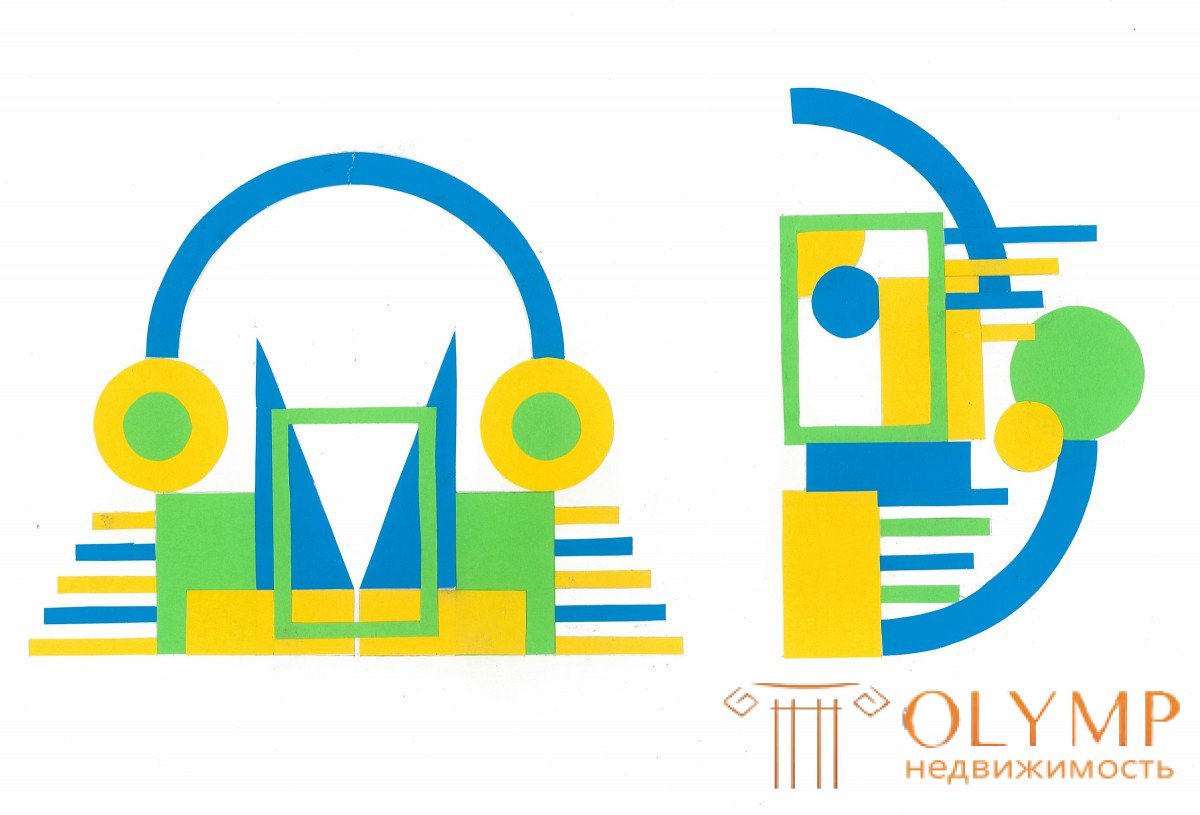
Symmetry we call the same arrangement of equal parts with respect to a plane or line. It belongs to the most powerful means of organizing the form. The symmetry of the structure of the perceiving organs is one of the reasons for its active influence on perception.
The simplest type of symmetry is mirror symmetry, left and right symmetry. In this case, one half of the form is like a mirror reflection of the other. The imaginary plane dividing the form into two equal parts is called the plane of symmetry. The plane of symmetry in works of architecture, as a rule, is vertical, as well as the vertical plane of symmetry of the human body. In the horizontal projection, the arrangement of parts of the building and its parts is strictly disciplined; a free and diverse alternation of elements and their parts develops vertically.
The symmetry of the structure is associated with the organization of its functions. The projection of the plane of symmetry - the axis of the building - usually determines the location of the main entrance and the beginning of the main traffic flows. Symmetry cannot be justified if an asymmetrical in nature system of life processes is forcibly submitted to the construction of a plan. There can be no justification for symmetry and the arrangement of unequal functions that are the same with respect to the axis. Symmetry combines composition. The location of the main element on the axis emphasizes its importance, increasing the coordination of the parts. Every detail in a symmetrical system exists as a twin to its obligatory pair, located on the other side of the axis, and thanks to this it can only be considered as part of a whole.
Symmetry is a diverse pattern of the organization of a building's form, an effective means of bringing it to unity. However, the use of symmetry in architecture should be made dependent on the appropriate organization of life processes and the logic of structures. Symmetrical forms can give the impression of volitional organization, grandeur. But at the same time, symmetry fetters, strictly regulates not only the building, but also the person who uses it.
Symmetry as a means of organizing a form does not make sense if it is not perceived from at least one direction.
Disymmetry is a phenomenon widespread in wildlife. It is characteristic of man. Man is dissymmetric, despite the fact that the outlines of his body have a plane of symmetry. Dissymmetry affects the best possession of one of the hands, in the asymmetrical arrangement of the heart and many other organs, in the structure of these organs.
The dissymmetries of the human body are similar and deviations from the exact symmetry in architecture. Usually they are caused by practical necessity, by the fact that the variety of functions does not fit within the rigid regularities of symmetry. Sometimes such deviations provide the basis for a sharp emotional effect.
The destruction of even small parts in a symmetrical composition immediately upsets the balance and generates tension in the entire system. Any deviation becomes an eye-catching and disturbing accent. Such an effect of broken symmetry can be used as an artistic tool.

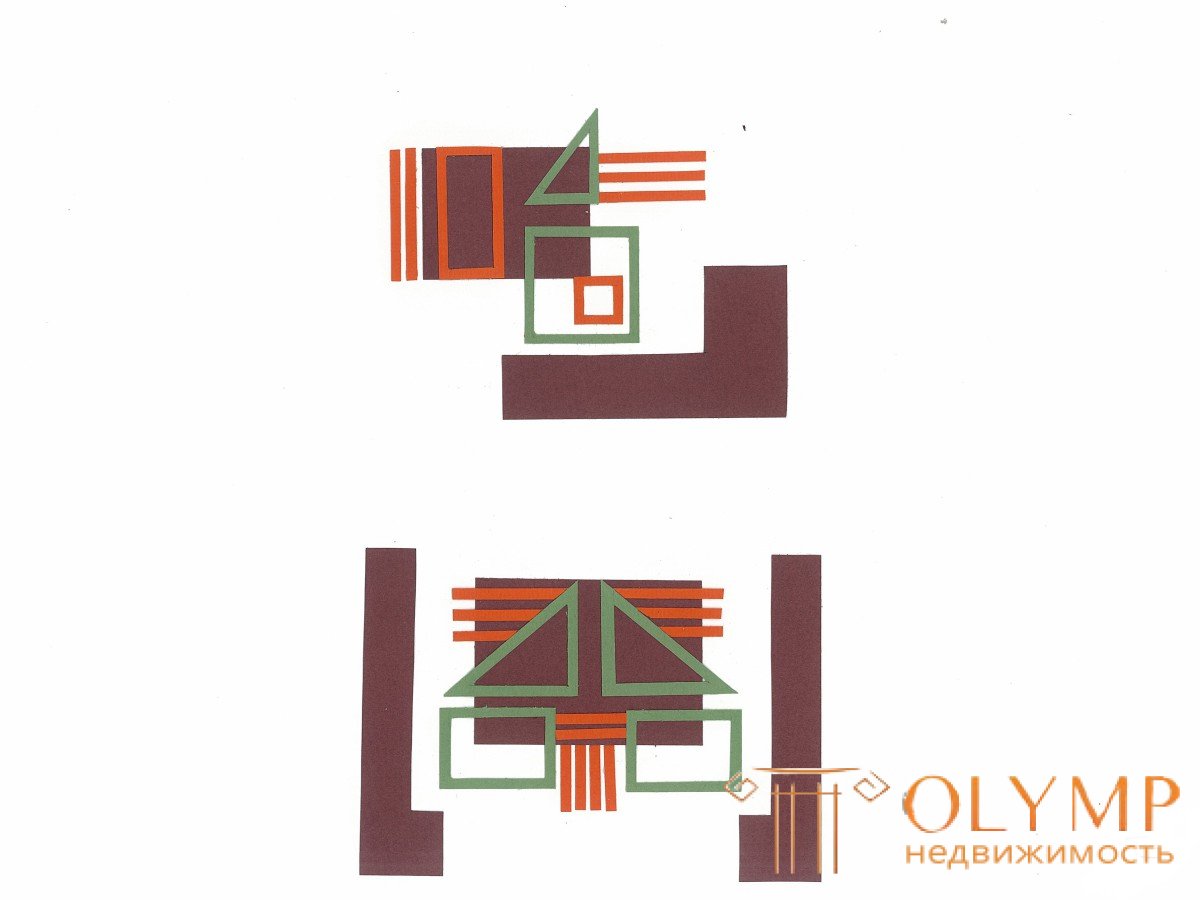
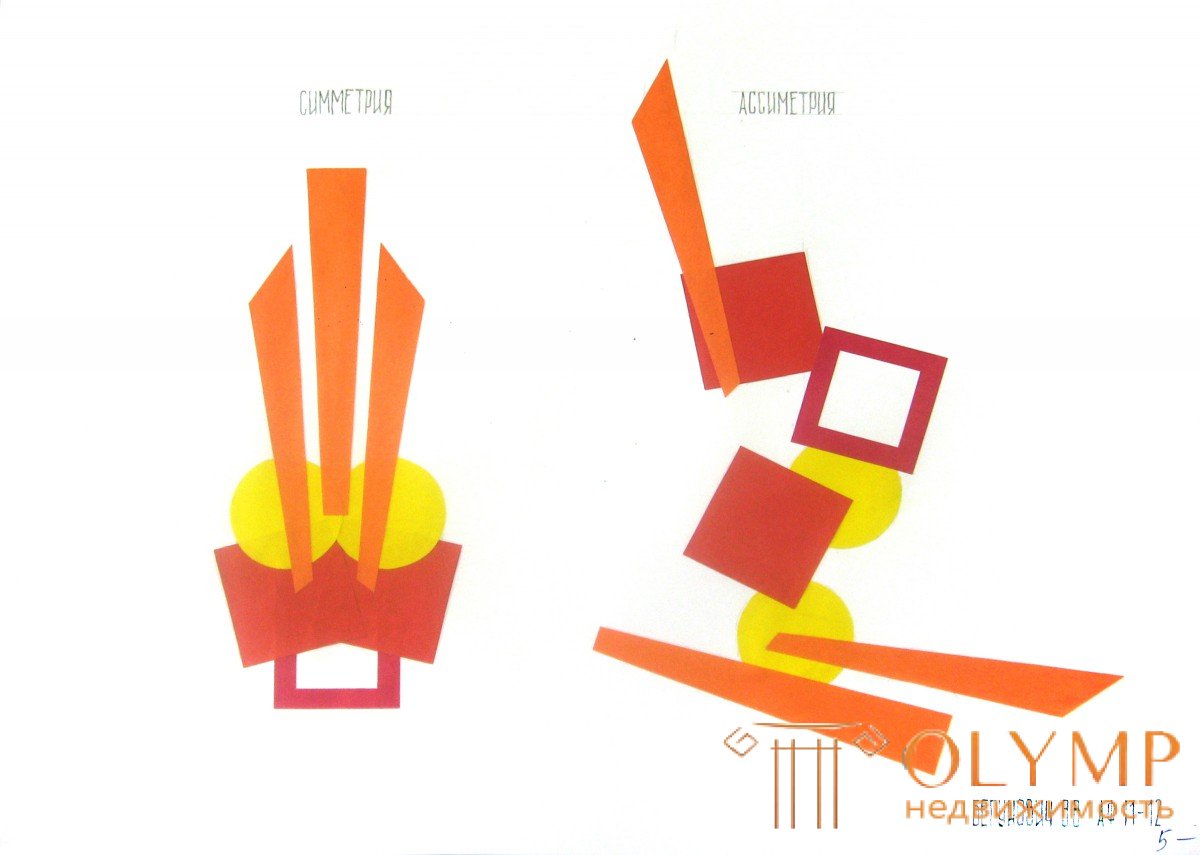

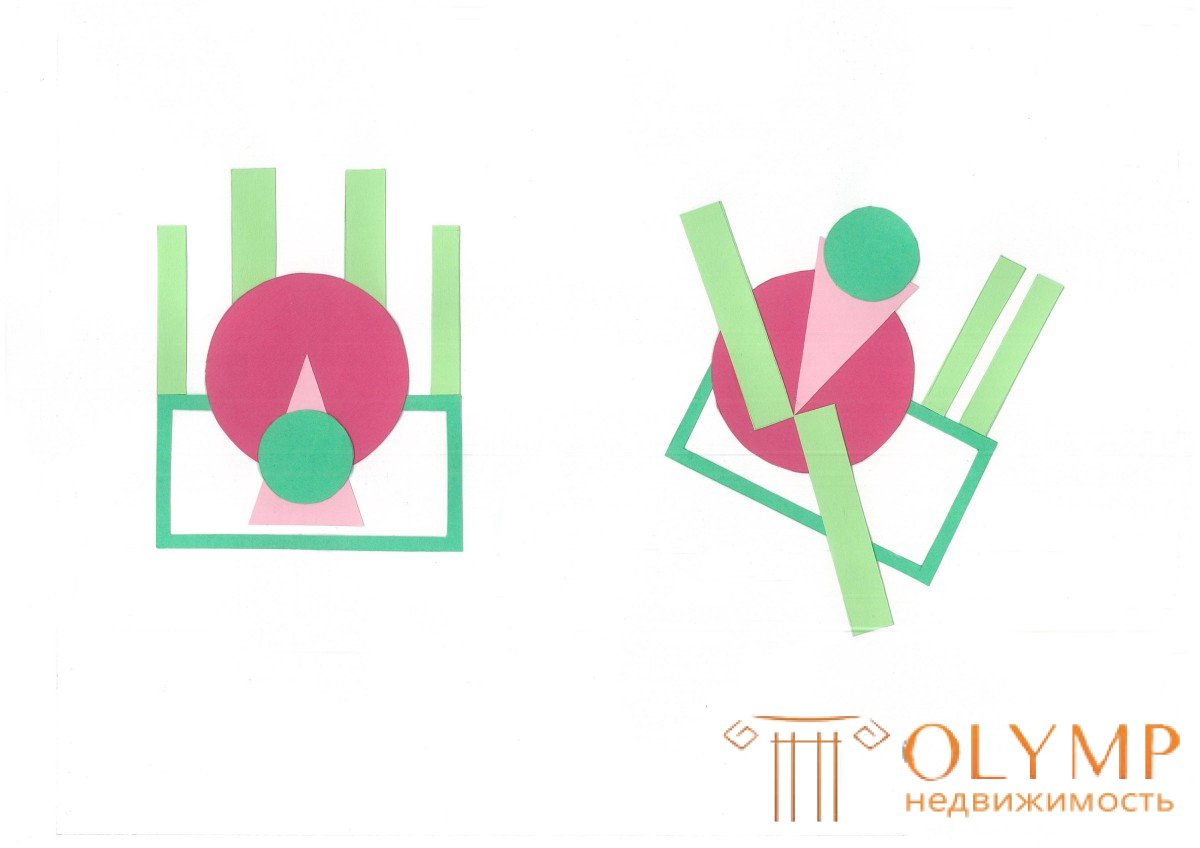
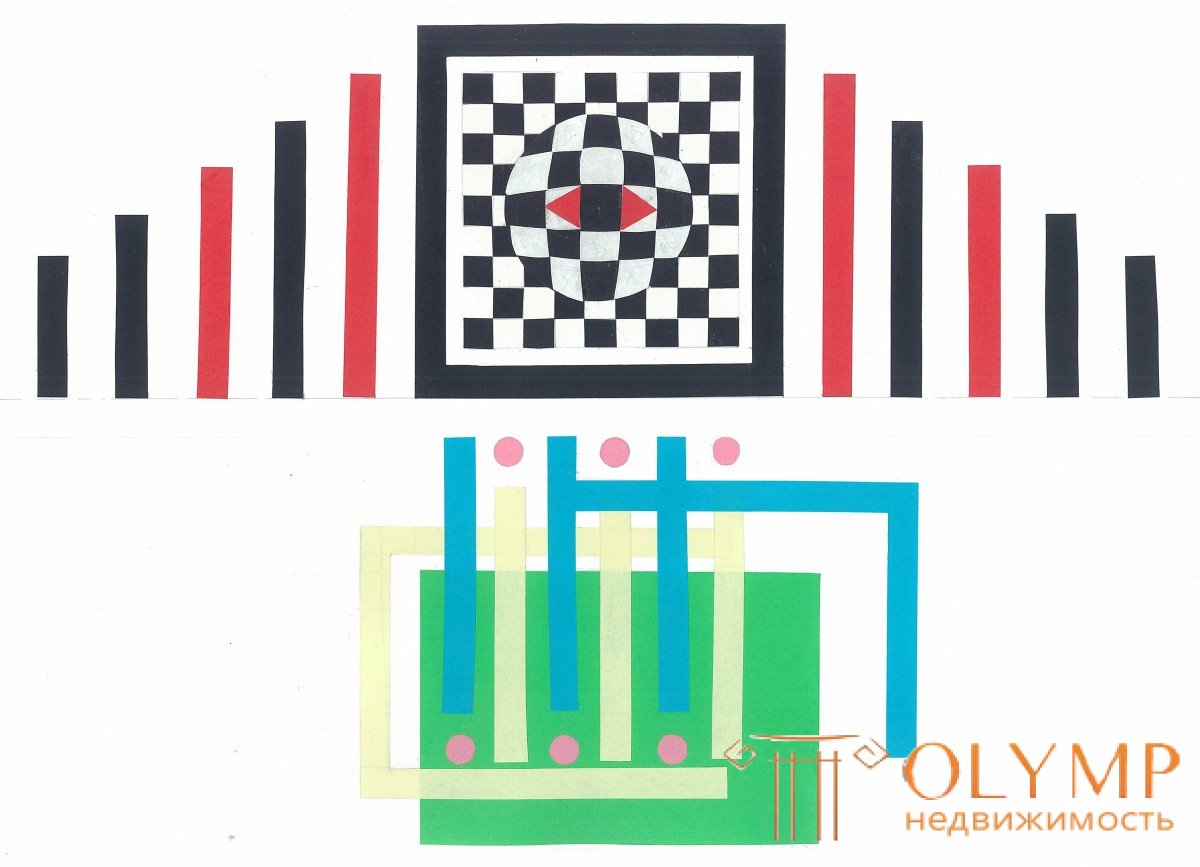
Что бы оставить комментарий войдите
Комментарии (0)